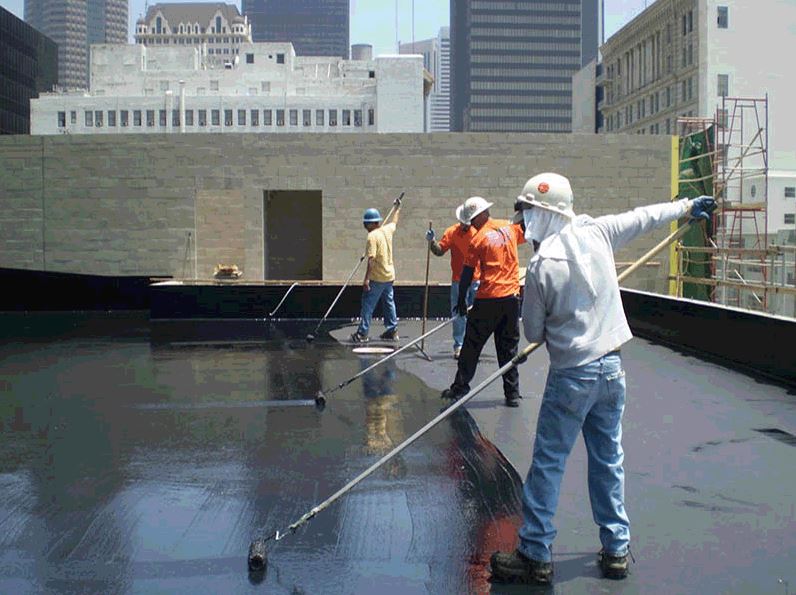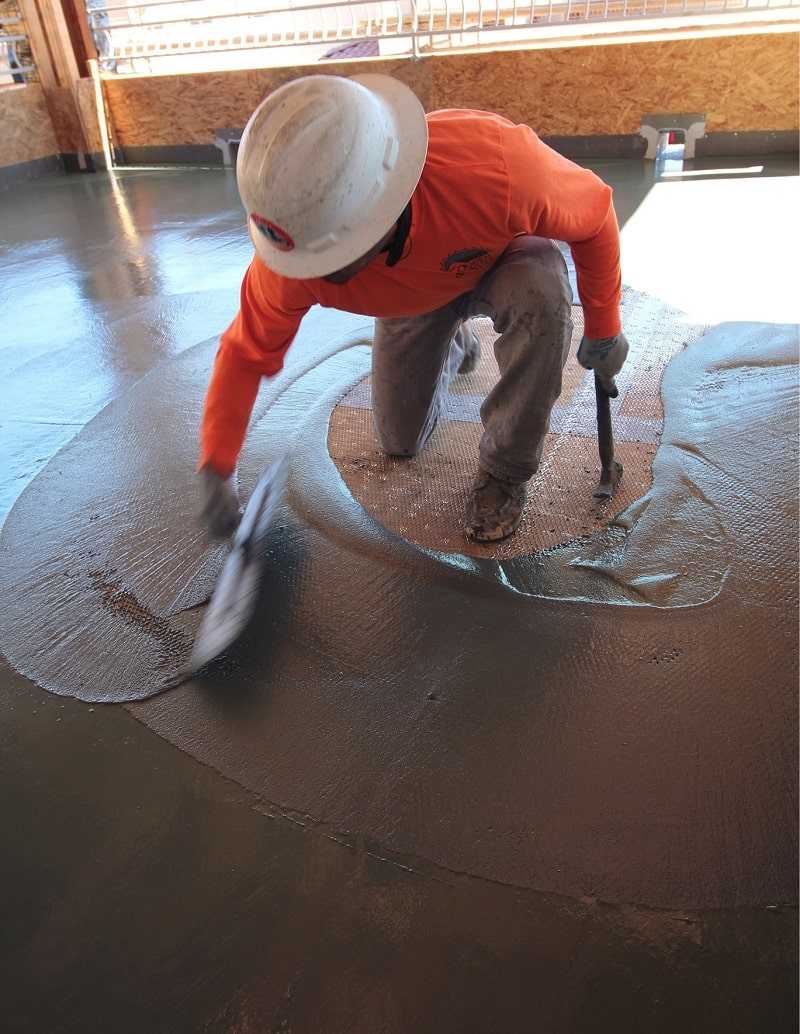

| # | Type | What it is | How it’s applied | Typical uses | Key strengths | Common weaknesses |
|---|---|---|---|---|---|---|
| 1 | Cementitious waterproofing | Cement‑based slurry that bonds to concrete | Liquid or mortar that is brushed, rolled or sprayed | Flat slabs, walls, basements, shallow roofs | Fast cure, self‑leveling, cheap | Poor performance under freeze‑thaw, needs proper curing |
| 2 | Bituminous waterproofing | Asphalt‑based material, often with additives | Roll‑on or torch‑on sheets, or liquid coat | Low‑angle roofs, terraces, tunnels | Excellent seal, high adhesion, UV‑stable | Susceptible to thermal cracking, requires skilled torching |
| 3 | Bitumen membrane | Self‑adhesive or torch‑on bitumen sheets (e.g., SBS, SBS‑cat) | Unrolled, cut to size, laid with heat or adhesive | Flat roofs, low‑sloped roofs, balconies | Durable, flexible, easy installation | Expensive, needs proper weather conditions for torching |
| 4 | EPDM rubber | Ethylene‑propylene‑diene rubber sheets | Unrolled or cut, sealed with adhesive or heat | Flat roofs, green roofs, balconies | Long life, UV‑stable, easy to work with | Requires good substrate prep, can be costly |
| 5 | Liquid‑applied membrane | Polymer‑based liquid coating that cures into a seamless film | Sprayed or rolled on | Flat roofs, walls, balconies | No seams, excellent for irregular shapes | Requires skilled applicator, can be pricey |
| 6 | Acrylic waterproofing | Acrylic‑based liquid coating | Applied like paint | Flat roofs, walls, balconies | Quick cure, UV‑stable, easy to repair | Lower thickness, not suitable for steep slopes |
| 7 | Liquid waterproofing | Same as #5 – generic term for polymer liquids | Same | Same | Same | Same |
| 8 | Polyurethane waterproofing | Polyurethane liquid or sheet | Liquid‑applied or pre‑formed sheet | Flat roofs, walls, balconies, bridges | High flex, chemical resistance, quick cure | Needs good surface prep, can be more expensive |
| 9 | Torch‑on membrane | Bitumen or rubber sheets laid with a torch | Applied with a heat torch, usually bitumen | Low‑angle roofs, terraces | Strong bond, fast application | Requires heat source, dangerous if mishandled |
| 10 | Concrete roof waterproofing | Combination of mortar + membrane + cementitious topcoat | Multi‑layer: primer → membrane → topcoat | Flat concrete roofs in any climate | Good for industrial, institutional roofs | Requires multiple layers, complex installation |
| 11 | Polyvinyl chloride (PVC) / Self‑adhesive membrane | PVC sheet with adhesive backing | Unrolled, cut, sealed by compression or heat | Flat roofs, terracotta, low‑angle roofs | Low cost, easy to cut, UV‑stable | Can blister in high heat, limited thickness |
| 12 | Self‑adhesive membrane | All‑in‑one adhesive backing and waterproof layer | Cut to size, laid directly, no torching | Flat roofs, small projects | No heat needed, fast installation | Limited temperature range, adhesion depends on substrate |
| 13 | Polyurethane liquid membrane | High‑performance polyurethane liquid | Spray or roll, cures to flexible film | Flat roofs, bridges, complex ceilings | Excellent chemical & abrasion resistance | Requires skilled applicator, higher cost |
| 14 | Membrane waterproofing | Generic term covering any sheet or liquid membrane | See above | Any roof, wall or structural element | Flexible, durable, easy to repair | Variable – depends on type |
*Cost ranges are approximate and vary by region, project size, surface prep, and contractor markup.
| Decision Factor | Best suited product(s) |
|---|---|
| Roof slope | >30°: cementitious #1, acrylic #6, liquid #5; <10°: bitumen #2, bitumen membrane #3, EPDM #4, PVC #12 |
| Climate | Tropical or humid: polyurethane #8 or liquid #5 (good for humidity), bitumen #2 (good for heat), EPDM #4 (UV‑stable). Cold or freeze‑thaw: cementitious #1 (if cured properly), bitumen #2 (with proper additives). |
| Structural load | Flat roofs with high load: concrete roof systems #10, EPDM #4, polyurethane #8. |
| Budget | Cheapest: cementitious #1, PVC #12. Mid‑range: bitumen #2, EPDM #4. Higher end: liquid polyurethane #8, liquid #5. |
| Complex geometry | Liquid systems (#5, #8) or self‑adhesive membranes (#13) are best for irregular shapes, valleys, or many penetrations. |
| Repairability | Liquid & self‑adhesive membranes can be patched with compatible liquid or patch panels. EPDM & bitumen sheets can be cut and glued or torch‑on. |
| Installation speed | Liquid & self‑adhesive membranes are fastest; cementitious & bitumen sheets require curing time. |
| Longevity (life expectancy) | EPDM & polyurethane ~50 years; bitumen & PVC ~30–40 years; cementitious ~20–30 years. |
Use the table above as a quick reference, then dive deeper into product datasheets and consult a local waterproofing contractor to match the right system to your specific project conditions. Happy waterproofing!
Builders’ must waterproof any structure on the walls and roof to prevent water leaks. Occasionally water may seep in due to heavy rains or leaks from over tank on terrace slab.
To perevent any water leakage or damage, specialized tasks such as waterproofing the home's roof must be carried out on buildings. Below, we provide instructions for waterproofing areas like bathrooms, roofs, and basements.
Below is a guide for your house for instance the basement, roofs and bathrooms.
Exterior waterproofing is a maintenance of water from getting into building or structure from its outside. This is an important preface to stop such problems like the mould, mildew and water damage that can affect the building’s integrity. Here are some popular methods for outside waterproofing:
Drainage: french drains, pipes, piles of gravel, sump pumps will facilitate removal of water from the structure of the building.
Application of Final Coats – It is recommended that the exterior foundation walls should be sealed with further water proofing material like asphalt, rubber asphalt, epoxy etc.
Seal openings – Repair it with hydraulic cement or acquire a sealing technique, and apply it over the gouged and pitted holes on the walls of foundation so that they cannot allow water to pass through.
Splash proof paint walls/floor – This involved splashing of wall and floor paint in the basement in a manner that would make it recessive to water. And it’s always desirable to search for items especially marked for ‘below the grade’ use.
Second – The sump pump – A sump pump is placed in a pit in your basement and pumps water to eliminate internal flood. This could be in form of an UPS in the event that there is a power outage The cost of these control measures may be regarded as relatively high.
Concrete sealers – It seals concrete floors to produce a water proofing skin on the raw concrete. Reapply every 3-5 years.
Paint the basements floor and use your concrete paint that is waterproof. Writing on glass is also possible: epoxy paints perform well.
Floating floors – In place of glueing the carpet directly on the concrete put laminate,vinyl, ceramic tile and other floating waterproof floors.
The walls must be free of moisture before proceeding with the basement finishing because the moisture causes the mold and mildew formations. In severe cases, flood issues may need the services of a waterproofing contractor.

For cement-based polymer coatings of concrete to prevent from water and moisture.
form of liquid and is sprayed or applied by brush or roller to the concrete surface
This sed for waterproofing and flexible protective coat in accordance with its formulation and polymerization grade